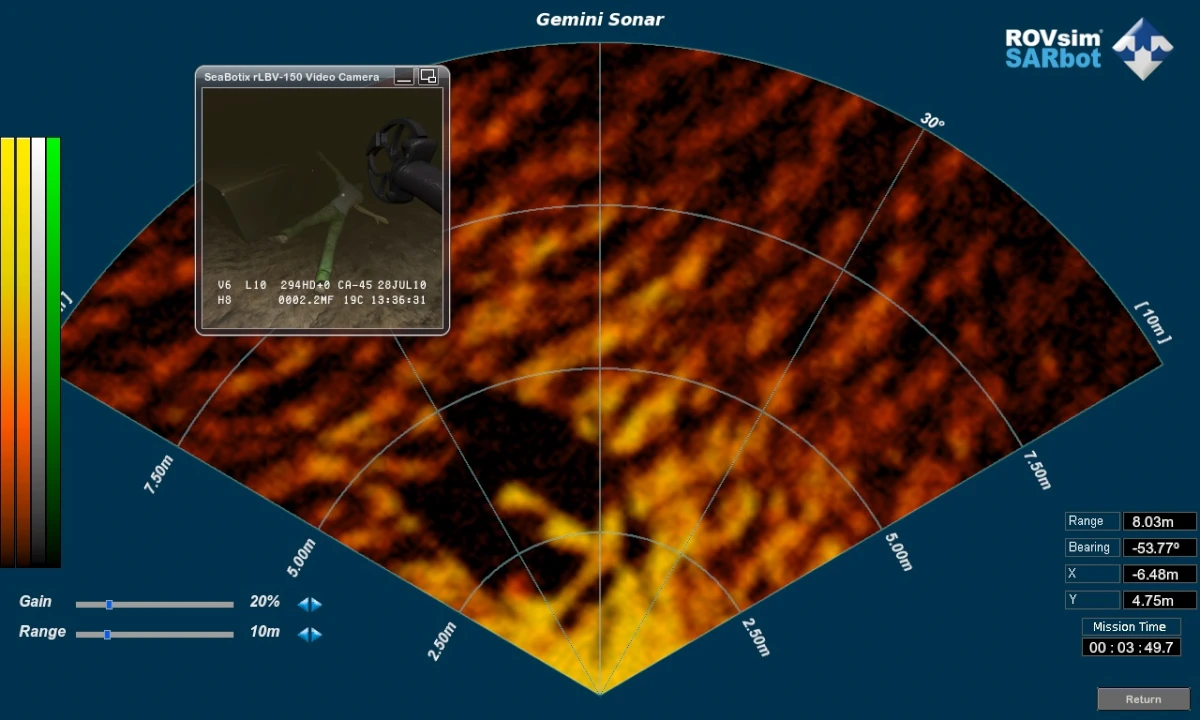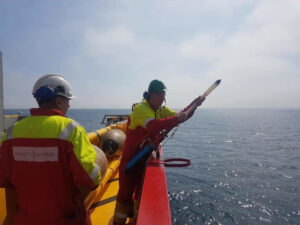Finding the cause after an accident on land is very difficult, if the situation is underwater the circumstances become complicated, the personnel involved in the investigation will have to handle the accident as if it were above water.
Now, thanks to technology and advances in forensic science, investigators can use a variety of devices to piece together what happened.
The accident scene investigation is carried out in order to determine the causes and to find out what went wrong. Witness statements and video evidence can be used to determine the cause, in the absence of this important information, forensic investigators can only use clues and physical evidence that will be retained or documented and collected as quickly as possible for reconstruction of the accident.
The underwater environment, however, creates special circumstances, problems and conditions that are not encountered during field investigations. Changing environmental conditions, such as currents, seabed mobility, tides and waves, have a major impact on research and investigation activities. These variations can also affect the investigators behavior underwater.
Exposure to the underwater environment poses many risks, that can affect function and endanger divers’ health, for this reason, the accident scene investigation should not be performed without specific training and careful pre-dive planning.
In this context, the use of unmanned vehicles is considered as a safe alternative to divers. The innovative solution for accident scene reconstruction comes from remotely controlled unmanned underwater vehicles or ROV.
The Remotely Operated Vehicles are fast becoming a reference technology for accident scene reconstruction and investigation as they reduce the time it takes to gather information and data, which are useful for determining the scene of the investigation.
The vehicle can also be integrated with a team of divers to offer a thorough solution and at the same time ensure constant divers support.
Thanks to the ROV vehicle equipped with high resolution cameras and tools such as Side Scan Sonar, Sub-Bottom Profiler, Magnetometer and Manipulator, the accident scene can be reconstructed faster and more accurately.
The underwater scenes accidents are inevitably difficult to access and sometimes dangerous, if compared to investigative activities on land; moreover the tasks are hampered by challenging environmental conditions, such as strong currents, poor visibility, irregular conformation of the seabed.
To improve the flight skills of investigators/pilots, 3D ROV simulators come in handy. They provide a systematic approach to managing and optimizing underwater operational activities.

ROVsim² Pro simulator created by Marine Simulation company is an efficient tool for new and experienced pilots training, intuitive, uses latest and most advanced 3D graphics and physics technologies, suitable for carrying out various tasks in underwater environment. It includes several scenarios, such as underwater forensic research and investigations.
The 3D simulators are able to imitate real world activities, re-creates vehicles and the environment. ROV simulators could be used as a valuable tools for pilot evaluation or train new pilots to the flight techniques. Training is essential to learn the procedures and skills suitable for safely operating ROVs .
Thanks to the ROVsim² Pro simulator use, pilots will be able to develop the practical skills essential to perform survey tasks in an accident area.
Read more in the digital JP Mag – JPmag – October 2021
Paolo Mazzone
SubEng – HSE Adviser
Images
Cover: Airliner Wreck Scene, Marine Simulation
Article: ROVsim SARbot 09, Marine Simulation

